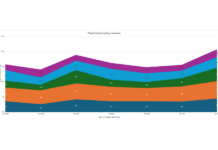A new report from analyst house Greenwich Associates has found that electronic trading of emerging market (EM) bonds has reached 70% amongst US asset managers.
Most of the liquidity in this market comes from traditional banks as EM is less attractive to nonbank liquidity providers as few instruments exist for hedging the resulting credit risk which the report notes “[Is] a necessity for trading firms that like to keep their market exposure as close to zero as possible.”
Nearly one-third of the US asset managers and half of the US hedge funds interviewed by Greenwich expected their volumes to increase in the coming year, which the researchers noted was in stark contrast to the previous year, where buy-and-hold had become the norm for corporate bond markets globally.
While the research found that 70% of US investors are trading emerging-market fixed-income products electronically, that only amounted to 14% of the notional volume traded. The majority of hard currency debt trading on electronic platforms was for smaller-sized orders, as is common in other markets. Greenwich asserts that this follows the trend for growth of electronic trading, with odd lots leading to round lots established by e-trading of developed-market bonds.
Amongst platforms, Greenwich found that MarketAxess, which it noted is the market share leader in US investment-grade and high yield bonds, was the most popular for electronic trading, whilst Barclays, Jefferies and JP Morgan were the most-used electronic counterparties by the US investors in our study.
©The DESK 2018
©Markets Media Europe 2025

























